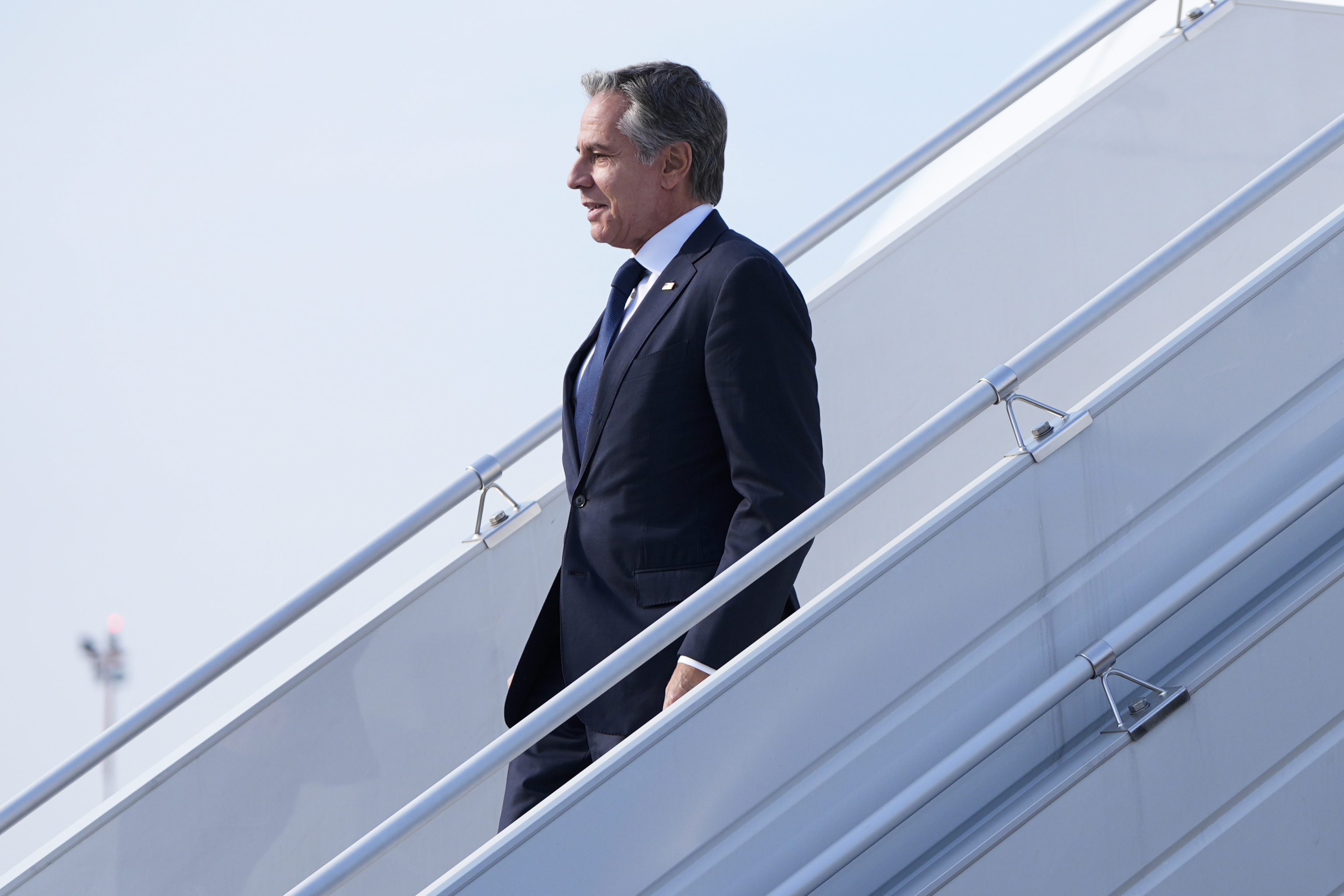As if climbing a double staircase, Ukraine's allied countries wait to climb each step until Russia does so first. Each new war crime or deep attack against Ukrainian civilians has been met with the delivery of some type of new weaponry. For every purchase of military equipment from Moscow to Tehran (Shaheed drones) or to North Korea (missiles and artillery projectiles), the West has sent Himars launchers, ATACSM Missiles, or F16 fighters. These days, the Kremlin has taken another step up: acquiring Iranian ballistic missiles to use against Ukraine.
What steps will the allies take? The escalating logic of this war, which has not cooled down at any moment, dictates that the US and the rest of Kiev's partners must make a move. That is why Antony Blinken, US Secretary of State, and his British counterpart David Lammy arrived in the Ukrainian capital by train on Wednesday. On the agenda, a delicate discussion: whether to allow Kiev to attack military targets in Russia with the missiles provided by themselves. That is the step they must decide whether to take or not. Even Zelenski personally went to Ramstein this week to start untangling that issue.
Although Ukraine has already attacked Russia with Western vehicles and small arms, especially in the occupied region of Kursk, it has not yet been able to do so with medium-range weapons (300 kilometers) such as ATACMS missiles, AGM-158 JASSM, and Storm Shadow, the latter being French and British. If Kiev manages to lift this veto, all Russian logistics would be threatened that fuel the war beyond its borders, including weapons depots, fuel depots, communication nodes, air bases, and military barracks. Joe Biden himself admitted last Tuesday that right now "that is the main issue of the discussion."
Yesterday, a multitude of Democratic and Republican congressmen and senators signed a letter addressed to President Biden, requesting the removal of existing restrictions on the use of long-range weapons in Russian territory. The main advocate of this step-by-step doctrine, who needs to be convinced, is Jake Sullivan, National Security Advisor.
Analysts do not expect the US to lift the total veto on attacks on Russian targets, but rather in certain circumstances, such as the Russian missile launchers or drones from which Ukrainian cities are attacked, as well as the bases from which planes take off with bombs and missiles.
But there is something else that Blinken must discuss with Zelenski and that has gone largely unnoticed: his plans to get Russia to negotiate a lasting ceasefire. After an initial meeting of the so-called "Peace Formula" in which Ukraine managed to get 94 countries to sign a commitment to present a united front to Russia, Kiev now talks about the second part of this meeting, to be held in November, with the Kremlin invited to the table and a clear proposal on what can be negotiated and what the red lines are for Putin.
Blinken has to see the plan before Zelenski presents it to Joe Biden and the candidates Donald Trump and Kamala Harris. The idea of holding this meeting with Russia in November is to try to neutralize Trump and his openly close relationship with Putin. Even if the Republican were to win the elections, if Ukraine reaches an agreement with Washington before he takes office in January, they can negotiate against that absurd Trumpist idea of "peace within 24 hours" after a call to the Kremlin.
As for what happened on the ground, this Wednesday Russia launched the first serious counterattack attempt in the Kursk area, partially occupied by Ukraine. A battalion of marines and another of Russian paratroopers advanced five kilometers south of Konerevo, and it is not yet known whether the attack has been successful or has liberated any important population. Moscow has shown a heavily edited video from which no conclusions can be drawn, and Kiev remains silent. If the advances are confirmed, the Z troops would regain a tenth of what Kiev's army achieved in August.
